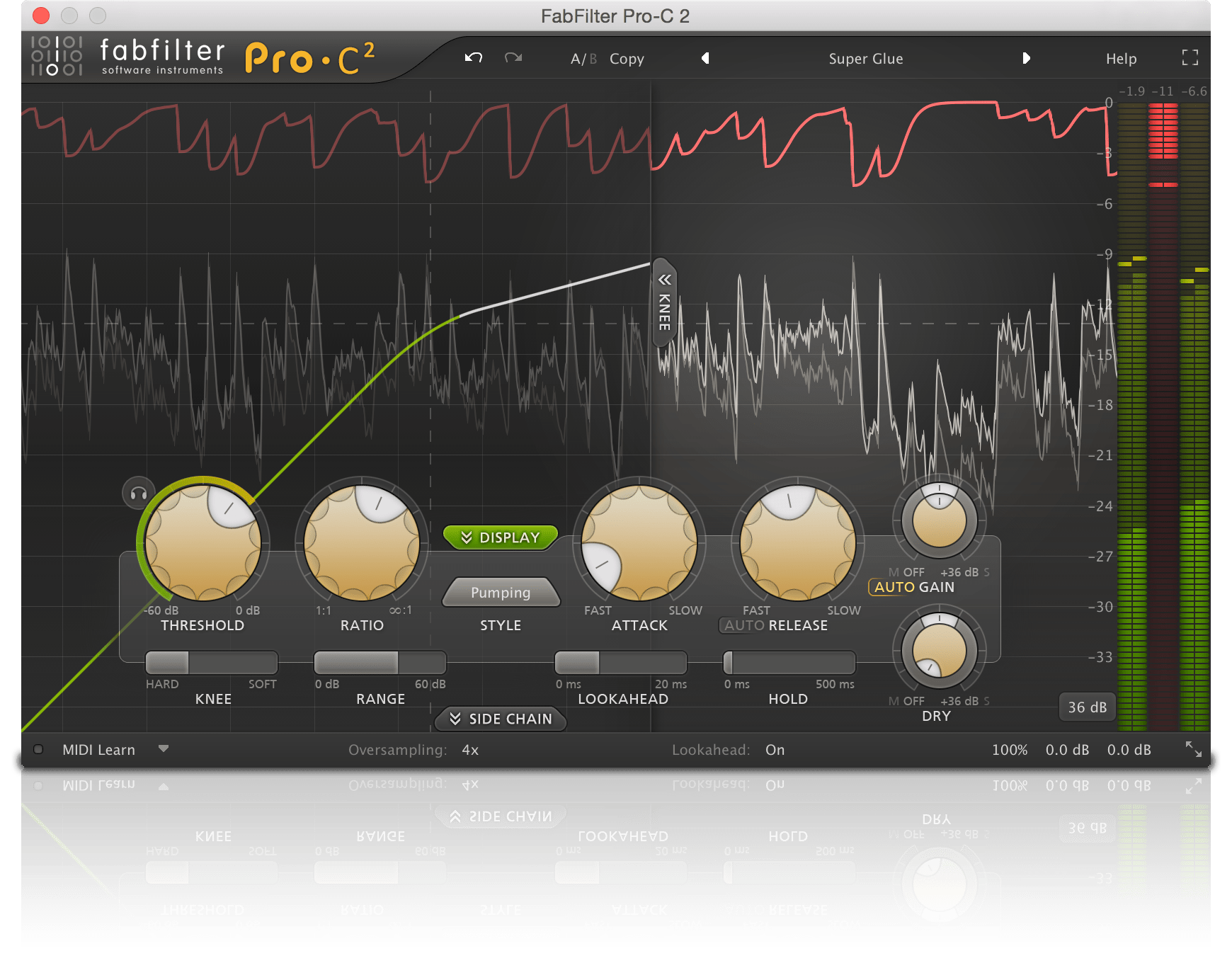Each tune's eq may seem best by itself, however if you sequence them together, suddenly one song sounds too brilliant (or too dull ...). Changing the eq can even whatever out. Idea # 1: keep in mind that any eq modifications to your stereo mix affect the whole mix - if you wish to cut 3 db at 80Hz due to the fact that your mix sounds muddy, keep in mind to examine how that affects all the instruments (e.g. the vocal), not just the bass guitar and kick drum. Idea # 2: if you're uncertain about an eq choice throughout mixdown, understand that it's easier to cut lower frequencies in mastering than to boost them, and much easier to boost higher frequencies than to cut them. Compression: In mastering, this is utilized not simply to control a mix or to include character, however likewise to "print" or send out as much level to the master as possible without clipping the signal. This can nearly seem like a competitors for who has the loudest cd (" my record sounded terrific till I listened on my CD carousel and Green Day was 5 db louder!"). However mastering engineers should stabilize level with sonic integrity. Levels: Preferably, a listener can play your record and not have to get up to adjust the volume. This is dealt with in mastering, after the record has been sequenced. Only then can you really know how levels connect to each other as one tune ends and the next begins.
Spacing & Crossfading.
Spacing: there are various approaches as to how one should approach the spaces put in between songs on a record. Final suggestion: you may be inclined to master the exact same Trap Instrumentals recordings that you combined, whether it is for monetary factors, creative reasons, or simply due to the fact that you can. We highly advise that you get somebody else to master your project.
Common locations of issue for a mastering engineer are: equalization (eq), compression, levels (volume) relative from one song to the next, and spacing between songs. Or you might have 10 songs mixed by 3 various engineers in five different studios.
Each song's eq might appear perfect by itself, but if you series them together, unexpectedly one tune sounds too bright (or too dull ...). Idea # 1: keep in mind that any eq changes to your stereo mix impact the whole mix - if you want to cut 3 db at 80Hz due to the fact that your mix sounds muddy, keep in mind to check how that affects all the instruments (e.g. the vocal), not simply the bass guitar and kick drum. Compression: In mastering, this is utilized not simply to control a mix or to add character, but likewise to "print" or send out as much level to the master as possible without clipping the signal.
